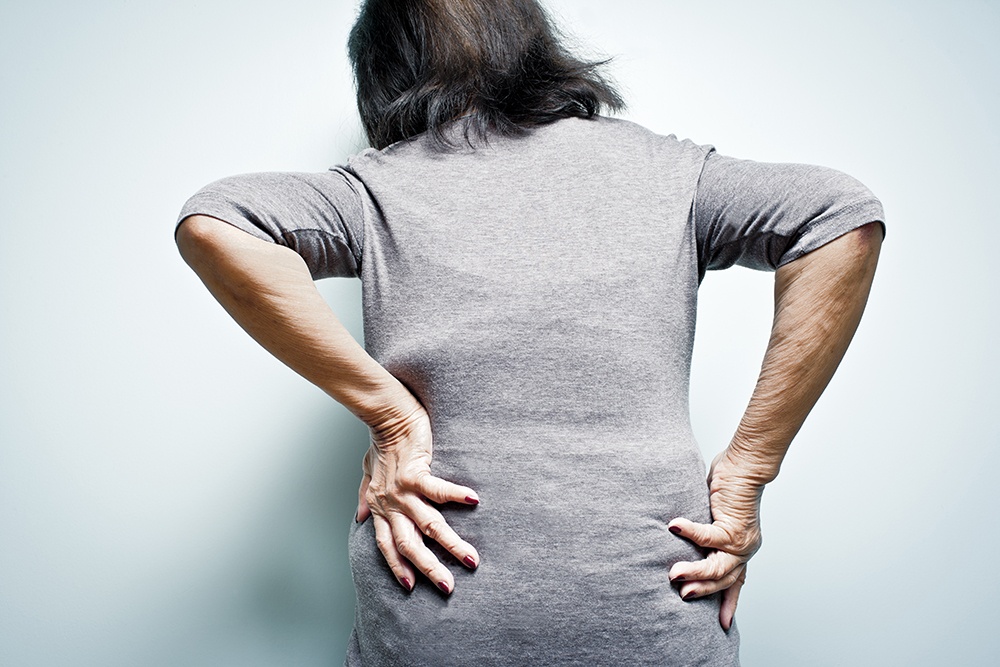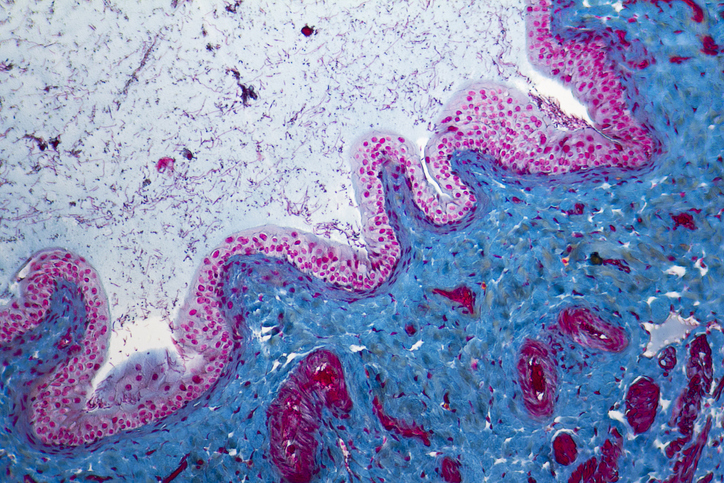
Among adults suffering from back pain, about one in five have persistent pain, according to recent findings.
From 1994 to 2011, researchers followed 12,782 Canadian adults, who provided socio‐demographic (e.g. education), behavior‐related (e.g. physical activity), depression, comorbidities, pain, disability, medication use (e.g. opioids), and healthcare use (e.g. primary care) information on a biannual basis.
Just under half (45.6%) of patients reported at least one instance of back pain, which researchers divided into four categories: persistent (18.0%), developing (28.1%), recovery (20.5%), and occasional (33.4%). Persistent back pain was associated with preventing activities, disability, depression, and comorbidities. Persistent back pain patients reported the highest usage of healthcare and medication; researchers noticed a downward trend from most to least use for the persistent, developing, recovering, and occasional patients. The recovery group was more likely to use opioids and anti-depressants.
“A major finding from this study is the negative impact of persistent [back pain] on a range of health-related outcomes, including health care use, after adjustments for sociodemographic, behavior-related factors, and comorbidities,” according to the study authors.
A report from the Centers for Disease Control and Prevention (CDC) similarly found that one out of every five adults in the U.S. suffers from chronic pain. According to the CDC report, “Chronic pain, one of the most common reasons adults seek medical care, has been linked to restrictions in mobility and daily activities, dependence on opioids, anxiety and depression, and poor perceived health or reduced quality of life.” Those who suffer from chronic back pain may consider treatments like spinal decompression therapy which may help provide them with pain relief.
The direct and indirect costs of pain add up, the CDC noted in its findings: “Chronic pain contributes to an estimated $560 billion each year in direct medical costs, lost productivity, and disability programs.”
The authors of the present study called for further studies “to determine whether the identified groups represent different diagnoses, which may provide insights to the selection of stratified treatments and aid designing early prevention and management strategies in the population.”
Early Physical Therapy May Reduce Risk of Long-term Opioid Use
Neurostimulation Therapy May Help Treat Chronic Back Pain
Opioids Not Better for Long-term Back and Joint Pain
Sources: Arthritis Care & Research, Rheumatology News







 © 2025 Mashup Media, LLC, a Formedics Property. All Rights Reserved.
© 2025 Mashup Media, LLC, a Formedics Property. All Rights Reserved.